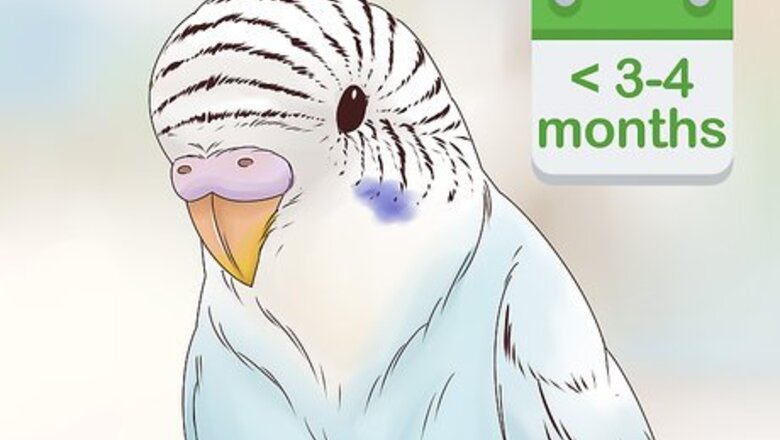
views
Examining a Budgie’s Cap Feathers
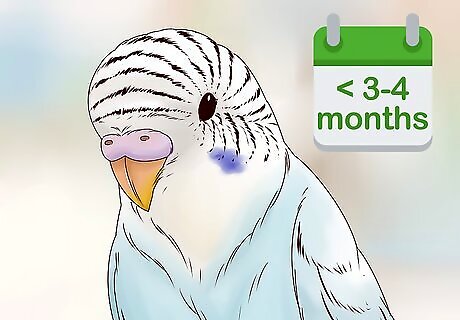
Identify a young budgie by a striped cap. Young budgies have stripes or bars on the cap of their head that stretch all the way down to the base of the upper beak. If the budgie has these stripes, the bird is less than 3 or 4 months old. The base of the upper beak is known as the cere. A budgie with stripes stretching down to its cere has not experienced its first molt, when it loses the striped feathers on its head.
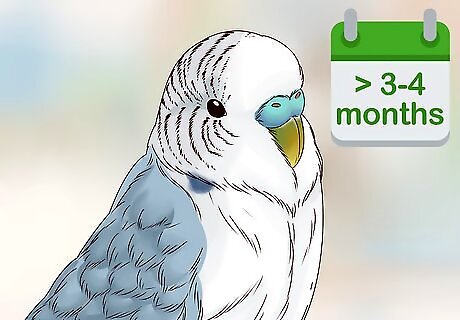
Look for a white or yellow cap to identify birds older than 3 or 4 months. When a budgie is 3-4 months old, it will molt and lose its striped head feathers. The stripes or bars will be replaced with a cap of yellow or white feathers, depending on the variety of budgie. If the budgie has no stripes on its head, it has experienced its first molt and is more than 3-4 months of age.
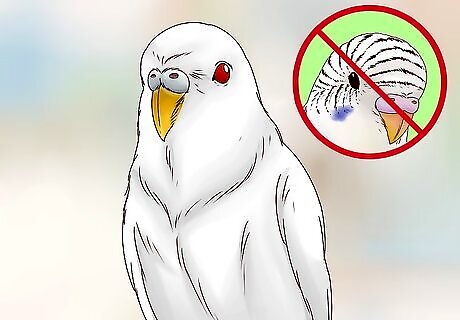
Don’t rely on the cap feathers if the budgie is a rare variety. While an examination of the budgie’s head feathers is a good indicator of age for most birds, there are some exceptions to the rule. There are several varieties of budgies whose age cannot be identified through their head feathers. If you have a lutino, albino, or recessive pied budgie, you will need to use other methods to identify the bird’s age.
Looking at a Budgie’s Eyes and Beak
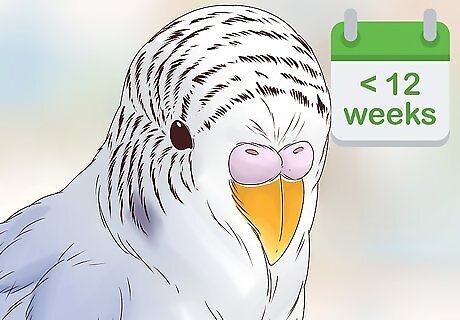
Examine the color of the beak and cere to identify very young budgies. Baby budgies that are less than 12 weeks old will often have excess pigment or melanin in the beak and cere. This will often result in a beak that appears black or darker than an older bird. The excess pigment in the beaks of baby budgies is absorbed as they age, resulting in the development of a normal beak color of pink, light brown, blue, or violet.
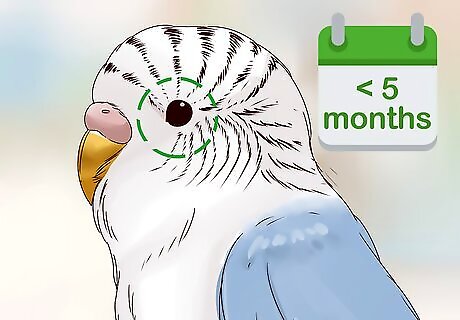
Identify a baby budgie by its black eyes. The eyes of a budgie can help you determine how old it is. Baby budgies have not developed an iris, which is the ring of color surrounding the black pupil of the bird’s eye. If your bird’s eyes are completely black and lacking iris rings, the budgie is less than 5 months old.

Look for a dark gray iris to identify adolescent budgies. The iris is the ring of color surrounding the black center of a budgie’s eye. As a budgie ages, it irises will develop accordingly. While a baby budgie has no iris, a developing adolescent will have dark irises. The iris will be dark in color, usually a dark shade of gray. If your budgie has dark gray irises, it is likely between 4 and 8 months old. Try to examine your budgie’s eyes in natural sunlight if possible. For example, try opening the curtains or blinds near the budgie’s cage.
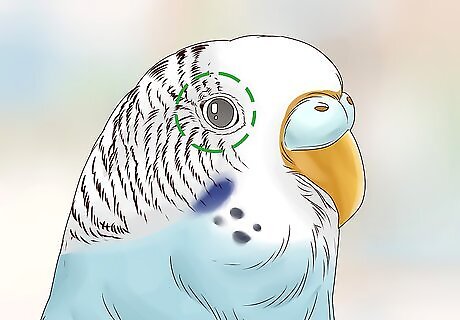
Identify a mature budgie by a light gray or brown iris. As budgies mature, their irises develop and lighten. Mature budgies have light irises that are fully developed. If the bird has a light gray or brown iris, the budgie is probably older then 8-12 months.
Using a Budgie's Identification Band or Breeding History

Examine the letters and numbers on the bird’s leg band. Many budgies have a leg band that can help identify the bird’s origin and age. For many bands, the birth year of the bird is indicated in the third set of numbers on the band. If the band is blank, it will not give you specific details about the bird’s age or background. The first set of letters will usually identify the company that issued the bird band. The second set of letters and numbers identifies the breeder. The third set of numbers will identify the year the bird was born, usually in two digits. The fourth set of numbers will tell you the pedigree number of the bird.

Determine your budgie’s age by the color of the identification band. If your budgie’s band was issued by the American Budgerigar Society, the most widely recognized organization issuing budgie id bands, you can tell the bird’s age by the color of the band. Other organizations, however, may use different colors for different years. Visit the website of the American Budgerigar Society at https://abs1.org/orderbands/ to match your bird’s identification band color to its birth year. Keep in mind that certain colors can denote multiple budgie birth years. For example, a budgie with a black identification band was born in 2013 or 2019. A bird with a red identification band was born in 2018 or 2012. Budgies with orange bands were born in 2016 or 2010.

Contact the breeder, previous owner, or pet store if you can’t identify your bird’s birth year by it band. If you are having trouble figuring out how old your budgie is, you can try asking the person gave or sold you the bird. Ask them exactly how old the bird is, and if they have any documentation that can verify the bird’s age. Breeders and pet stores often keep documentation on the birds they sell that may help you determine the age of your budgie. Be aware that some people may say a bird is younger than it is, as younger budgies are typically more valuable than their older counterparts.
















Comments
0 comment